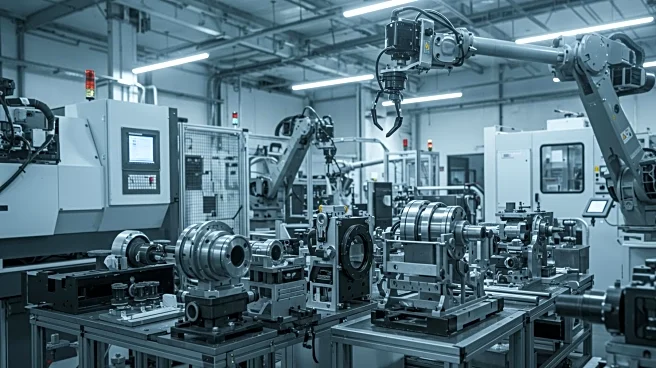What's Happening?
The Australian federal government has organized the Economic Reform Roundtable to address productivity and economic resilience, particularly in the manufacturing sector. Traditionally, manufacturing productivity was driven by machine efficiency, but now workforce visibility is equally critical. Many manufacturers lack real-time insights into their workforce, which is essential for making informed operational decisions. Cloud-based workforce management systems are emerging as vital tools to provide actionable intelligence on shift coverage, compliance risks, and fatigue management. These systems help manufacturers optimize labor costs and improve productivity by offering a comprehensive view of workforce performance across multiple sites.
Why It's Important?
The shift towards workforce visibility in manufacturing is crucial as it addresses labor shortages, rising costs, and supply chain disruptions. By leveraging real-time data, manufacturers can make strategic decisions that enhance productivity and compliance while reducing operational risks. This approach not only helps in managing labor costs but also ensures employee well-being, which is vital for attracting and retaining skilled workers. As the manufacturing sector faces mounting challenges, adopting digital workforce management systems can provide a competitive edge, enabling businesses to respond swiftly to market demands and improve overall efficiency.
What's Next?
Manufacturers are expected to increasingly adopt cloud-based workforce management systems to gain a competitive advantage. These systems will allow leaders to make informed decisions by providing a holistic view of workforce performance. As the industry evolves, there will be a greater emphasis on integrating compliance monitoring into day-to-day operations to reduce risks and administrative burdens. This shift will likely lead to improved employee satisfaction and retention, as businesses focus on creating fair and transparent work environments.












